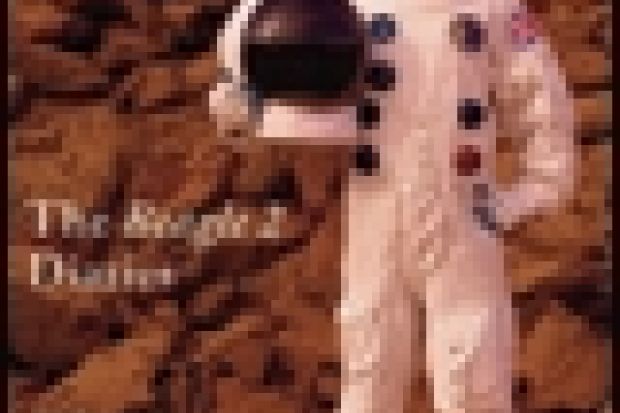Just before Christmas 2003, a tiny craft built in Britain, a country that has never had a serious space programme, landed on Mars. The lander, Beagle 2, was built by a team based at The Open University and led by the redoubtable Colin Pillinger. It went to Mars on a European Space Agency (ESA) mission, launched by a Russian rocket. Its task, once it had bounced to a stop on its protective balloons, was to test for traces of life.
The actual landing is assumed rather than proven. We know Beagle 2 was released in Mars orbit. But no signal ever came from the Martian surface. Despite frantic efforts to pick up Beagle 2, it was never heard from again.
This was no surprise. Two out of three Mars missions fail, even the ones sent by the US' mighty Nasa. Lobbing a package of delicate scientific instruments Mars-ward, preserving them en route and getting them down in working order is a very long shot.
However, it was devastating news for the builders. The media framing of their story switched from plucky British boffins battling long odds, to the latest entry in the book of heroic failures. And Pillinger's enemies in the ESA were quick to put it about that Beagle 2 had been flawed all along.
Enemies? Oh yes. This was no happy international cooperation. As its instigator now recounts in exhaustive and sometimes exhausting detail, the whole enterprise was filled with conflicts. This was partly because Pillinger, as he says, reacts badly to being told he cannot do something. That, after all, was how the six-and-a-half-year project got started. But it is also because pretty well every organisation involved, above all the cumbersome ESA, is dysfunctional.
The story his diaries tell (and that he found time to keep them is some testament to his energy) is certainly entertaining. There is a bracing whiff of score-settling throughout. Almost no one comes out of it well, except for the core team and a few key supporters. Even the author's limitations shine through, for Pillinger is ingenuous as well as ingenious. He comes over as a fascinating combination of visionary, control freak and buccaneer, trying to work with a space bureaucracy - worse, a multinational bureaucracy - riven by infighting and back-stabbing and staffed by officials who alternate between vacillation and treachery. It all resembles the television comedy series The Thick of It rather than Yes Minister.
This surely cannot be the whole story. But the diaries that furnish the core of the book - the rest recounts his family history and early scientific career - are an invaluable historical resource. The key conflicts that beset the enterprise affect any similar mission. There are struggles over the two key budgets, money (naturally) and payload mass, over national precedence, and over control, of the mission itself and its PR.
The last is a particular bugbear, as Pillinger (together with his wife, a constant presence in these pages) is rather good at PR and is certainly a media natural. Always opinionated, quotable and as good an explainer as he is a salesman, he was never going to toe anybody's party line.
But skill on TV does not equate to diplomatic skill. The author, it emerges, knows how to do PR better than the professionals, how to make TV programmes better than the BBC, how to make spacecraft better than the ESA and probably how to run a government department better than one of his staunchest supporters, Lord Sainsbury. He comes across like one of the no-nonsense scientists in the early science fiction novels of the late cosmologist Fred Hoyle: a brilliant man who always knows what to do in a crisis if only the timorous politicians and apparatchiks would get out of his way. The suspicion arises that if Pillinger had been on the original voyage of HMS Beagle, along with Charles Darwin and Captain Fitzroy, he would have stood a good chance of being thrown overboard.
There will be more judicious accounts of the mission, and of the UK and European efforts in space. And there is more to be said about the hope that Mars could reveal traces of life, and that it is worth sampling the surface directly to try to find them. Pillinger mentions a few encounters with environmental scientist Jim Lovelock, for example, but not Lovelock's influential argument that life, once established, spreads planet-wide and sustains a chemical disequilibrium in the atmosphere that Mars does not have.
But all that is for later, more detached treatments. In the meantime, this contribution from the man at the heart of the project, even with its lack of index or bibliography and rather rough editing, is well worth the read.
My Life on Mars: The Beagle 2 Diaries
By Colin Pillinger
British Interplanetary Society
357pp, £20.00
ISBN 9780950659732
Published 5 October 2010
